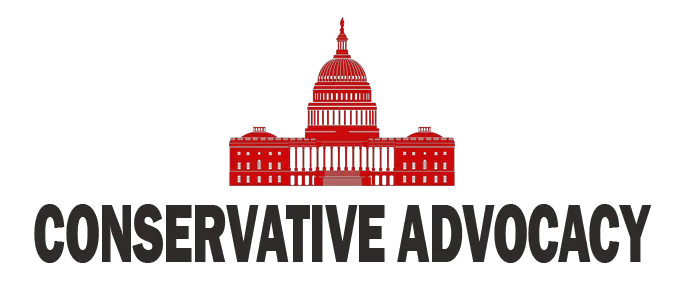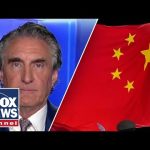In recent days, America has been witnessing a clash between federal authorities and protesters voicing opposition to Immigration and Customs Enforcement (ICE) operations. The chaos unfolded in California and New York, leading to violence that caught the eyes of nation. Protests erupted as demonstrators expressed their dissatisfaction with ongoing immigration enforcement, and the tensions quickly escalated. In California, things got so out of hand that officials had to don riot gear and use rubber bullets. It seems a summer day turned into chaos as doors were set ablaze, giving the image of a modern-day firestorm fueled by anger and anxiety.
Amid the uproar, President Donald Trump decided that enough was enough. He announced the deployment of 2,000 National Guard members to Los Angeles to restore order. Trump did not mince words when criticizing Democratic leadership in California. He declared the state’s governor and mayor, in his view, incompetent and unable to manage the riots. Suggesting that the protests were instigated by “paid troublemakers,” Trump proclaimed that such behavior would no longer be tolerated under his administration. It seems like the president is in no mood for games and is ready to bring out the big guns to tackle the situation, quite literally.
Meanwhile, in New York, tensions also flared. Nearly 150 protesters clashed with police while attempting to obstruct federal operations in Manhattan. Things got heated enough that around 20 people found themselves in handcuffs. The mounting hostility in both cities has created a whirlwind of unrest, prompting questions about the role of law enforcement and the broader implications of immigration policies. The protests are not just about immigration; they’re about people’s feelings of safety and control over their environment—a complex issue that continues to divide the country.
From a legal perspective, the situation raises several questions regarding the authority of federal versus state officials. It is known that the president has the power to mobilize the National Guard, typically in conjunction with a state’s governor. However, in California’s case, the governor asserted that the situation was manageable and criticized the federal response as unnecessary. Yet, the chaos on the ground seemed to tell a different story, with reports indicating that officers were under siege for hours before receiving backup. It may be that the governor and the federal government see the situation through quite different lenses.
In the midst of all this, the Attorney General has issued a strong warning: any assault on federal officers would lead to severe consequences. This means that if protesters think they can evade justice at the local level, they might just find themselves facing federal charges instead. This adds another layer to the complicated relationship between local and federal authorities when it comes to enforcing the law. With tensions rising and emotions high, one can’t help but wonder how this saga will unfold. What is clear is that while protesters may have their reasons, the pushback from federal authorities indicates that maintaining order and safety will take precedence, even if it means facing the heat of public dissent. The next chapter in this ongoing drama promises to be just as unexpected as the last.




